Technology upgrades within your business are necessary to allow your business to adapt, grow and compete against other businesses in Utah and beyond. Whether it’s migrating your business to the cloud or trying out a new piece of software, technology changes should be a positive step in the right direction. However, if they are managed haphazardly they can negatively impact your business — causing unnecessary headaches for you, your employees and clients. That’s why change management principles are so important. Change management principles are designed to help your organization make changes while minimizing the negative impact that each change has on your business — both operationally and financially.
What Are The Change Management Principles?
There are four change management principles that can help your business make a change successfully:
- Understand Change
- Plan Change
- Implement Change
- Communicate Change
These change management principles include a set of guidelines that should be implemented to ensure a change within your organization is successful. These change management principals will also minimize the risk of failure from implementing a technology change.
Understand Change
Change management principles start by having a complete understanding of the change. This means clearly knowing what change needs to take place and why it is necessary. By performing your due diligence on the change, you can ensure that each decision made about implementing new software and technology will be sound and not implemented for frivolous reasons.
You want to think about:
- Why do you need to make a change?
- How important is the change? Is it absolutely necessary or is it just a “nice to have”
- Will it provide any benefits? If so, what are they?
- How will it affect the manner in which your team works?
- What action items will each team member need to complete to achieve the change?
Write your answers down so that you can organize your ideas.
Plan Change
After understanding change, the next change management principle is to plan the change. Implementing change successfully doesn’t just happen, and the plan you make needs to be right for your organization.
You’ll want to consider the following:
- Who’s Involved: Decide who is in the best position to help you design and implement the change. For instance, do you need to outsource anything or can this all be completed in house.
- Buy-In: Successful change is only possible if your whole team buys into it. Decide how you plan on winning the team over.
- Outcome: What does a successful outcome look like? How will you assess the impact of the change?
Consider using these tools:
The following tools can be used to help you plan out the change:
- The Burke-Litwin Change Model: Allows you to formulate an approach that suits the structure, dynamics and current context of your business.
- Leavitt’s Diamond: A useful framework for working through the impacts of any proposed change – on tasks, people, structure, and technology.
- Impact Analysis: Can help you to uncover the unexpected consequences of change.
- SIPOC Diagrams: Comprehensive tools that you can use to check how change will impact your suppliers, inputs, processes, outputs, and customers.
Implement Change
Once change has been planned, change can then move forward with a successful implementation. Here’s what you need to do:
- Define Roles and Tasks: Ensure that everyone involved understands what they need to do and what it means for them and the team as a whole.
- Execute: Have everyone execute their tasks
- Monitor: Keep track of everyone’s tasks and make sure they’re completing them.
- Training: Identify and conduct any training that needs to be completed to implement the change.
- Change Habits: Find ways to change people’s habits so that these new practices become ingrained in what they do.
- Offer Support: Make sure your team has people they can go to for support when they have questions, concerns or issues.
Communicate Change
Communication is a vital principle of change management. The change you are making needs to be seen as clear and relevant to all people involved. Doing so will help them understand what you want them to do and why they need to do it.
This can be summed up in 5 key categories:
- Awareness: Make everyone aware of the need for change.
- Desire: Get people excited to participate in and support the change.
- Knowledge: Help people understand how to change. This may require training.
- Ability: Make sure everyone on the team has the ability to change.
- Reinforcement: Keep the team “on the ball” by continually reinforcing the change to sustain the change in the long term.
Here are Six Benefits to Using Change Management Principles
1. Minimize work disruption
A change of technology can cause some inconvenience for workers, but change management will address this the best it can during the transition process. When employees feel safe with change, it will help reduce change fatigue. The change management plan will include the steps for change so people are aware of what to expect and when certain tasks will happen. It also helps employees know their responsibilities during change-related periods.
2. Improved communication
A change management process aids in effective employee communication about changes. Employees need to be regularly updated with change information in order to feel safe. Change management includes regular change communication in change plans.
3. Reduced cost
A change management policy can reduce costs for change by controlling change activities and addressing change triggers that cause rework or mistakes. By managing change, you are minimizing the amount of wasted time trying to reinvent the wheel during change and correcting change mistakes. It also helps reduce downtime which is another cost not many businesses think about.
4. Improved change readiness
A change management plan is a great way to improve change readiness throughout the organization. Employees will feel more comfortable about change if they know their responsibilities and can clearly see what’s expected of them during change periods with change plans that outline change activities for employees, such as communicating change to managers, change workshops, change review meetings, change evaluations and change updates.
5. Enhanced change knowledge
When employees are engaged with change education through change training, they are more prepared to handle change. Change management can include change training for employees that walks them through the steps of change and explains how it will impact their work environment. With change management, change education is more efficient because change plans are made before change occurs.
6. Improved change results
Change management can help improve change results by clearly defining the scope of change for individuals and teams. Through change process definition, employees know their responsibility during change, what feedback they need to provide to leaders after change has occurred and how change will be measured.
When to Hire a Utah IT Company to Help You Manage Your Technology Changes
If your Utah business is ready to change your technology for the better, change management is an essential part of managing change. When change happens without this process, it can lead to frustration and wasted time trying to get change right. To prevent this from happening in your organization, hiring a Utah IT company that is proficient in change management may help you when you simply can’t do it yourself.
If you’re not sure if change management is right for your organization, here are some signs that change management will be helpful:
- Do you think change tends to be more disruptive than it should?
- Is change happening too frequently in your business without the process of change management?
- Are employees struggling with change education so they don’t understand what change is coming and how change will affect them?
- Are change projects producing change results that aren’t quite what you expected?
If you answered yes to any of these questions, change management can be beneficial for your business. If you’re interested in an IT company to manage your technology changes for you, feel free to contact us.


